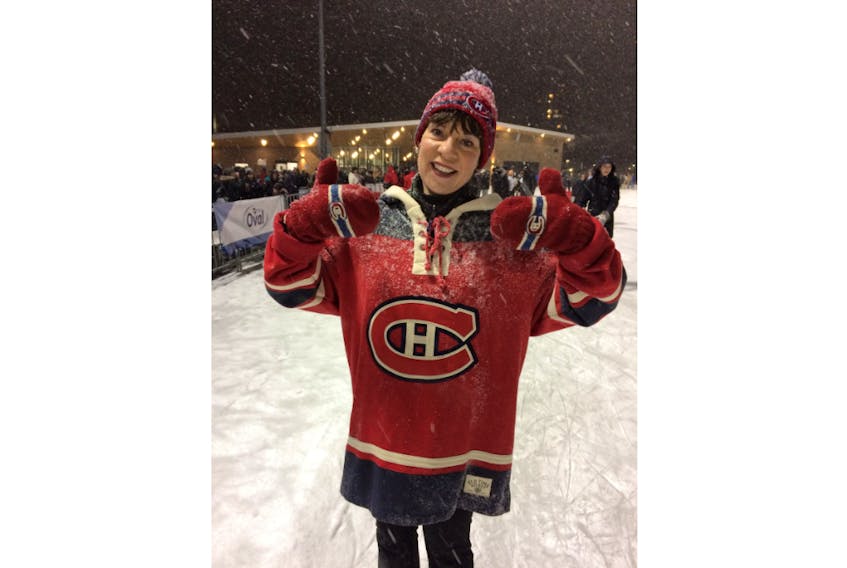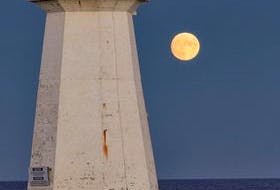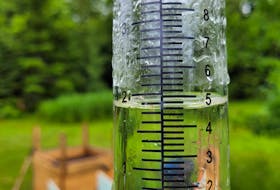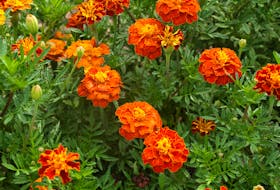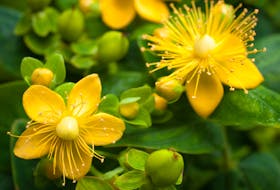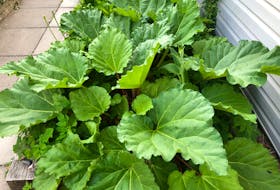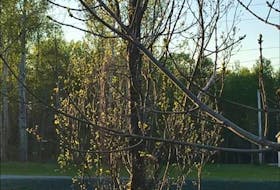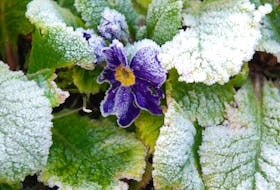It’s no secret that I love snow. I always have.
When I was young I used to run outside at the first sign of snow and catch snowflakes on my tongue. (OK, in case my neighbour is reading this, I did it last week.)
My grandmother used to say: “Big snow, little snow; little snow, big snow!”
If there was any chance at all of being bused home early from school, we had to hope for tiny, little flakes. The big, puffy flakes were pretty, but wouldn’t ever amount to much.
As with most sayings, the origins are unknown, but the science is obvious.
The size of a snowflake depends on moisture and wind or turbulence. Those intricate snowflakes that look like crochet doilies come from convective-type clouds - the kinds that produce summertime showers. Updrafts and downdrafts found inside a convective cloud enable the snowflake to grow to such an impressive size. The updrafts keep the flakes in the cloud until they become large and heavy enough to fall to the ground. In the meantime, as they bounce around inside the cloud, they stick to each other forming large intricate flakes of snow. These impressive flakes fall in the form of flurries. By nature, flurries – like rain showers – start and stop and don’t usually last very long.
The smaller snowflakes commonly fall from a more stable type of cloud; the water vapour freezes and forms tiny snowflakes that fall to the ground.
Contrary to popular belief, snowflakes are not just frozen water. They are actually a cluster of snow crystals.
- Have a question about the weather? Email [email protected].
- Read more Grandma Says columns.
Cindy Day is the chief meteorologist for SaltWire Network.
RELATED

